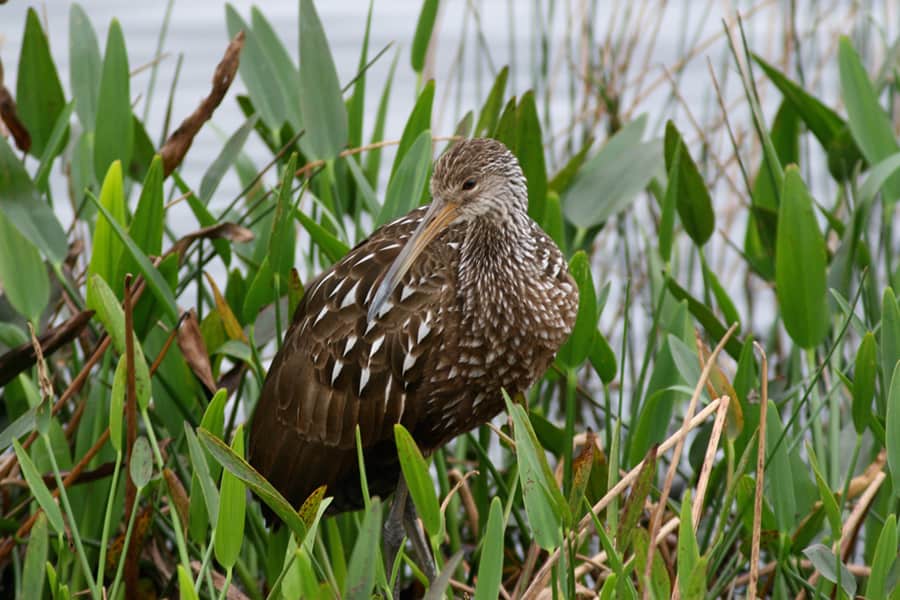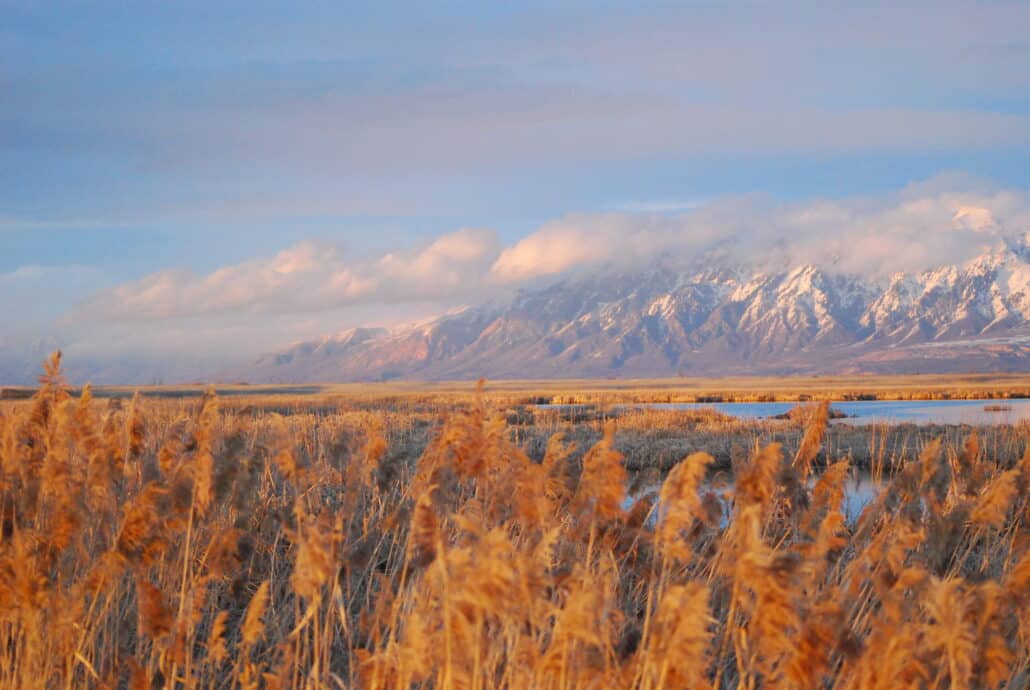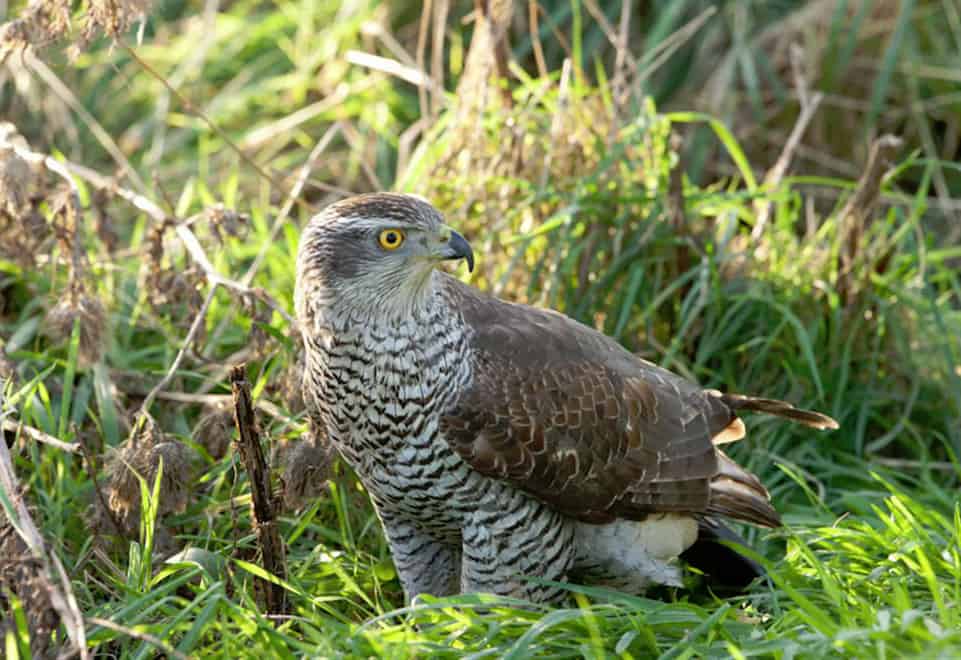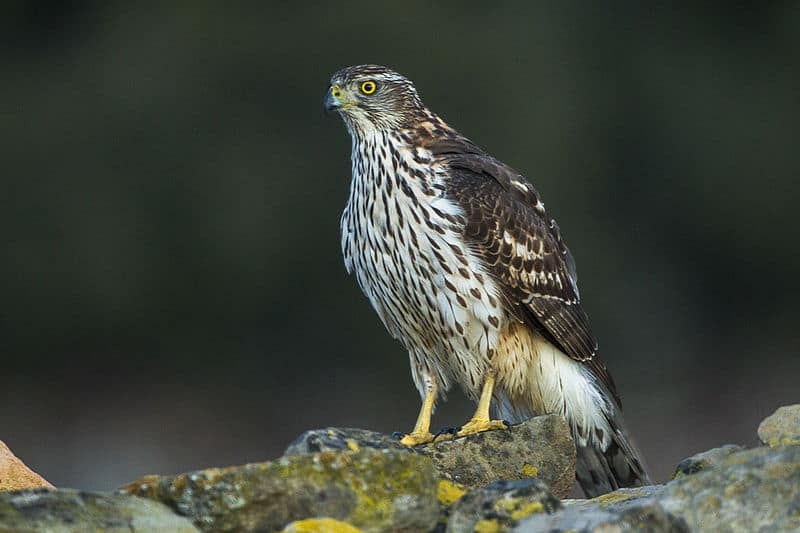Summer Birds of Florida (June, July, August)
By the end of May and into June most Florida bird species are nesting, and many of them already have fledged young. For a few early nesting species such as bald eagles, great horned owls, and purple martins the season is already over. With spring migration largely out of the way this is often the best time of year to observe and concentrate on some of Florida’s specialty species.
Antillean nighthawks swoop and display over open areas on the Florida Keys at dusk, giving their killy-kadick calls, with Stock Island and the airport at Marathon being among the best places to find them. This largely Caribbean species is found nowhere else in the United States. This is also the season to find the white-crowned pigeon, a specialist of mangroves and West Indian hardwood hammocks that is fairly common as a nesting species on the Keys and can also be found in small numbers the southern tip of the mainland.
Florida’s endemic race of burrowing owl (perhaps a separate species) can be found standing outside burrow entrances on golf courses, lawns, and farmland in many areas of the state such at Punta Gorda and Cape Coral. Crepuscular limpkins utter their blood curdling screams in freshwater marshes throughout the peninsula, often showing themselves in the open in broad daylight. Extreme southeastern Georgia is the only other area where this strange species breeds in the United States. The great white heron, (currently recognized as an all-white Caribbean form of the widespread great blue heron but quite possibly a separate species) can be found all along the Keys and in Florida Bay.
Anhingas, mottled ducks, green herons, least bitterns, and purple gallinules breed in freshwater marshes, and two very pale subspecies of red-shouldered hawk, both of which are endemic to Florida, are found in a variety of habitats. Once severely threatened by plume-hunting reddish egrets (both the more numerous dark morph and the scarcer white morph) are slowly recovering and are found exclusively in the coastal areas of Florida breeding on mangrove islands. Though still quite scarce, white-tailed kites are increasing as breeding birds in central and southern Florida, often being found in cultivated areas around the Everglades and Lake Okeechobee.
The snail kite, one of Florida’s most sought after specialties, breeds in fluctuating numbers in the sawgrass marshes of the northern Everglades and the extensive lake systems south of Kissimmee. Another raptor species, the highly aerial short-tailed hawk, can sometimes be seen soaring with vultures in the breeding season over riparian habitats and cypress swamps in northern and central Florida. This raptor occurs in both light and dark morphs and like the snail kite it is found breeding nowhere else in the whole country.
In late July and early August large communal roosts of gorgeous swallow-tailed kites (sometimes numbering in the thousands) gather in several locations before migrating early out of the country. The crested caracara, with a Florida population of approximately 150 pairs, can be found quite easily in prairies and grasslands between Kissimmee and Lake Okeechobee.
In recent years a number of whooping cranes have been released in the same general area in the hope that they might one day form a stable breeding population to augment the population of this highly endangered species. Florida’s tame, resident race of the sandhill crane can be found on prairies, golf courses, around retention ponds, and even in suburban yards in the central portion of the state. Decreasing numbers of smooth-billed anis, yet another species that breeds nowhere else in the country, frequent southern Florida, mainly in the Miami area and around Belle Glade but these birds are becoming increasingly difficult to locate.
Another imperiled bird that can still be found fairly easily, despite human development of its shrinking oak scrub habitat, is the Florida scrub-jay, Florida’s only true endemic, which is separated both geographically and in its reproductive behavior from the two other scrub-jay species found in the western United States.
The first returning land bird migrants appear in July and by the end of the month several species of warblers may be found again at migration stopovers in the state including Louisiana water thrushes and yellow, yellow-throated, prairie, black-and-white, and hooded warblers. Southward shorebird migration begins in Florida in August with non-breeding adult birds and failed breeders being the first to appear.




